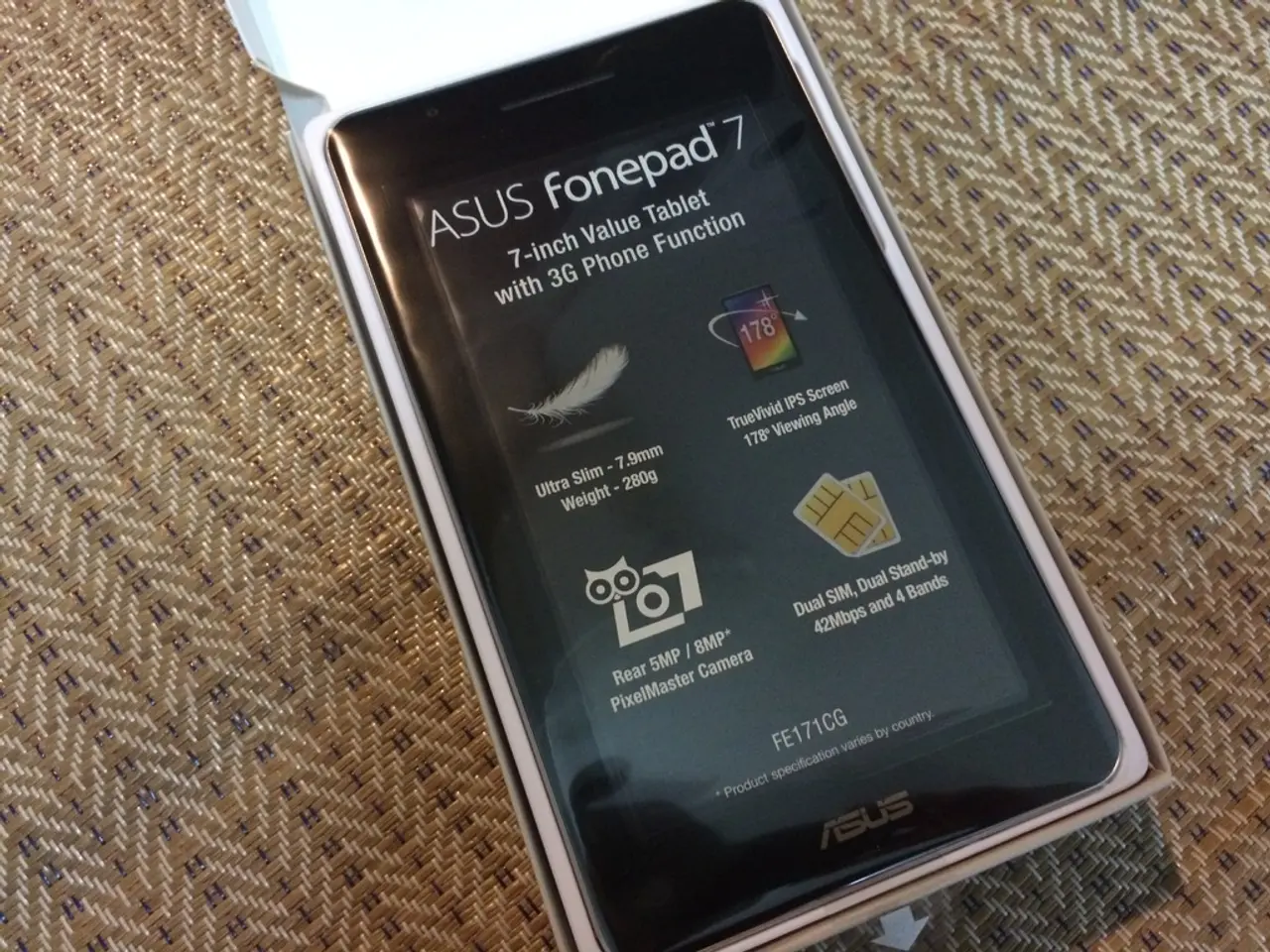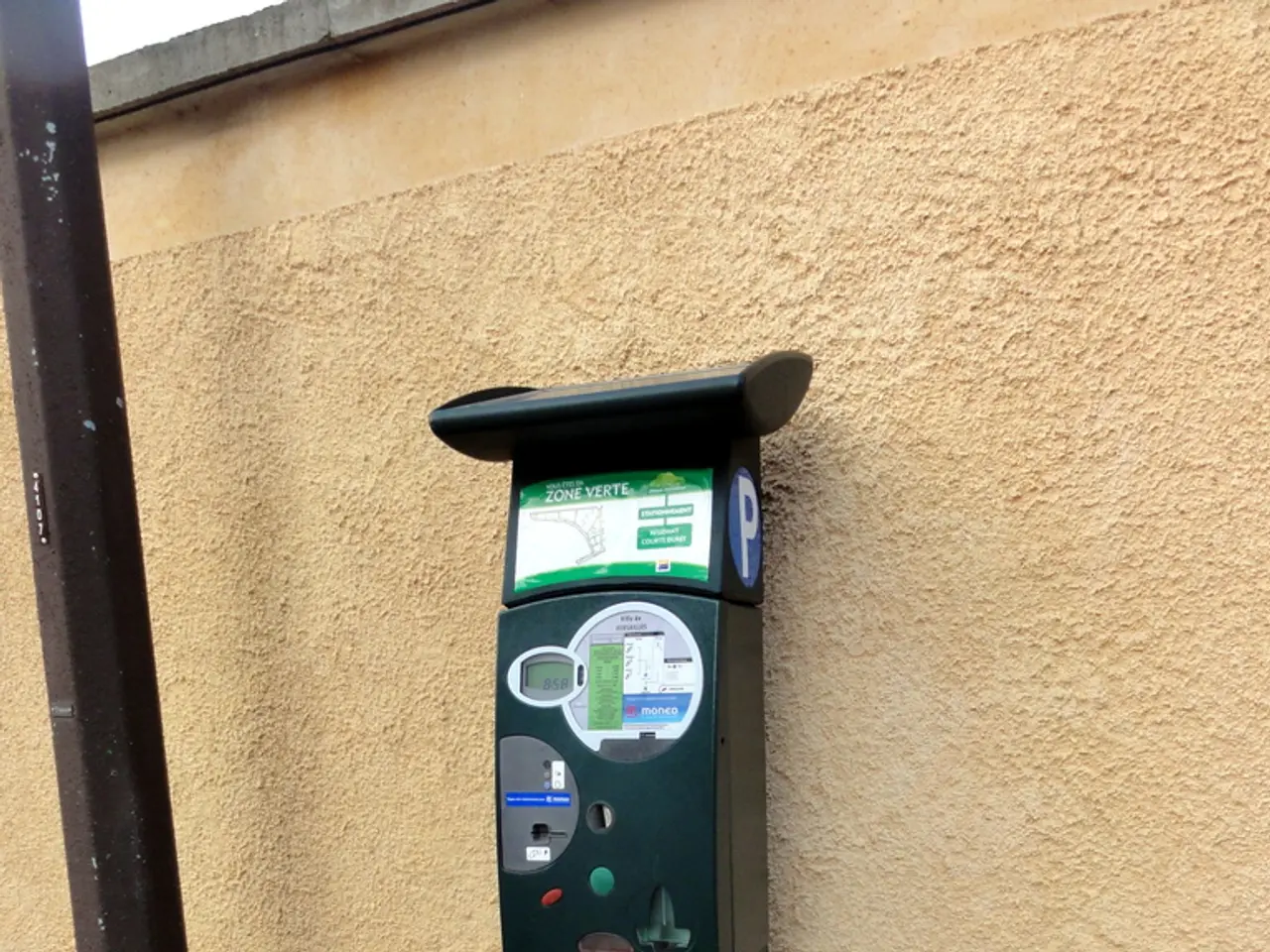Self-Driving Car Ambitions of Apple Resuscitated Through Latest Patent Release
Apple's ambitions in the automotive industry have been a subject of interest for quite some time now. The tech giant, known for its innovative products, has been actively developing a self-driving electric vehicle under the codename Project Titan [1][5].
The patent for Apple's "fully-actuated suspension system" was first filed with the U.S. Patent and Trademark Office in March 2016 [2]. This system, as described in the patent, could potentially reduce motion sickness and improve situational awareness for drivers by providing specific information through haptic feedback [3].
Recent reports suggest that Apple is also searching for a better self-driving car sensor [4]. The patent includes a section on a haptic feedback system that could provide directional feedback to a driver based on the actuation of each wheel [3]. The patent also details improvements to braking and suspension for a generally smoother ride.
In April, it was reported that Apple was pivoting somewhat from hardware automotive manufacturing towards enhancing AI, autonomous driving systems, and software integration like CarPlay [2]. This shift mirrors industry trends where software ecosystems gain priority while EV plans encounter obstacles.
The Apple Car, as envisioned, would feature advanced custom processors, integrated sensors, augmented reality windshields, and an innovative interior without a steering wheel or pedals—more of a lounge than a traditional car interior [1]. However, the full launch and production status remain uncertain, with the project having faced delays and leadership changes [2][3].
Despite reports of layoffs (over 200 employees were let go in January, reportedly as part of a restructuring) [6], recent reports suggest that Apple is building large driving rooms for testing [7]. This could indicate that the company may not have given up on building its own car.
It's important to note that the information available is speculative, and the only people who truly know are likely within Apple. The patent provides an example where the car's sensors may be able to detect oncoming vehicles or crossing pedestrians and deliver feedback to the driver [3].
In summary, Apple is both pursuing the development of a full autonomous vehicle (the so-called "iCar" or Apple Car) and simultaneously advancing software and AI technologies for the automotive industry. The company's plans for the Apple Car are shrouded in secrecy, with recent indications suggesting more emphasis on software and integration than mass EV manufacturing at this stage [1][2][3][5].
- The tech giant, Apple, is not only exploring advanced software and AI technologies for the automotive industry, but they are also actively developing a self-driving electric vehicle, known as Project Titan, which could potentially feature an innovative interior without a steering wheel or pedals.
- Apple's patent for a "fully-actuated suspension system" includes a haptic feedback system that could provide directional feedback to a driver based on the actuation of each wheel, potentially reducing motion sickness and improving situational awareness.
- Despite reports of delays, leadership changes, and layoffs, recent indications suggest that Apple is still working on building its own car, as they have been reportedly constructing large driving rooms for testing.
- As industry trends shift towards software ecosystems, Apple is pivoting from hardware automotive manufacturing towards enhancing AI, autonomous driving systems, and software integration like CarPlay, demonstrating their commitment to the future of technology in the transportation sector.




